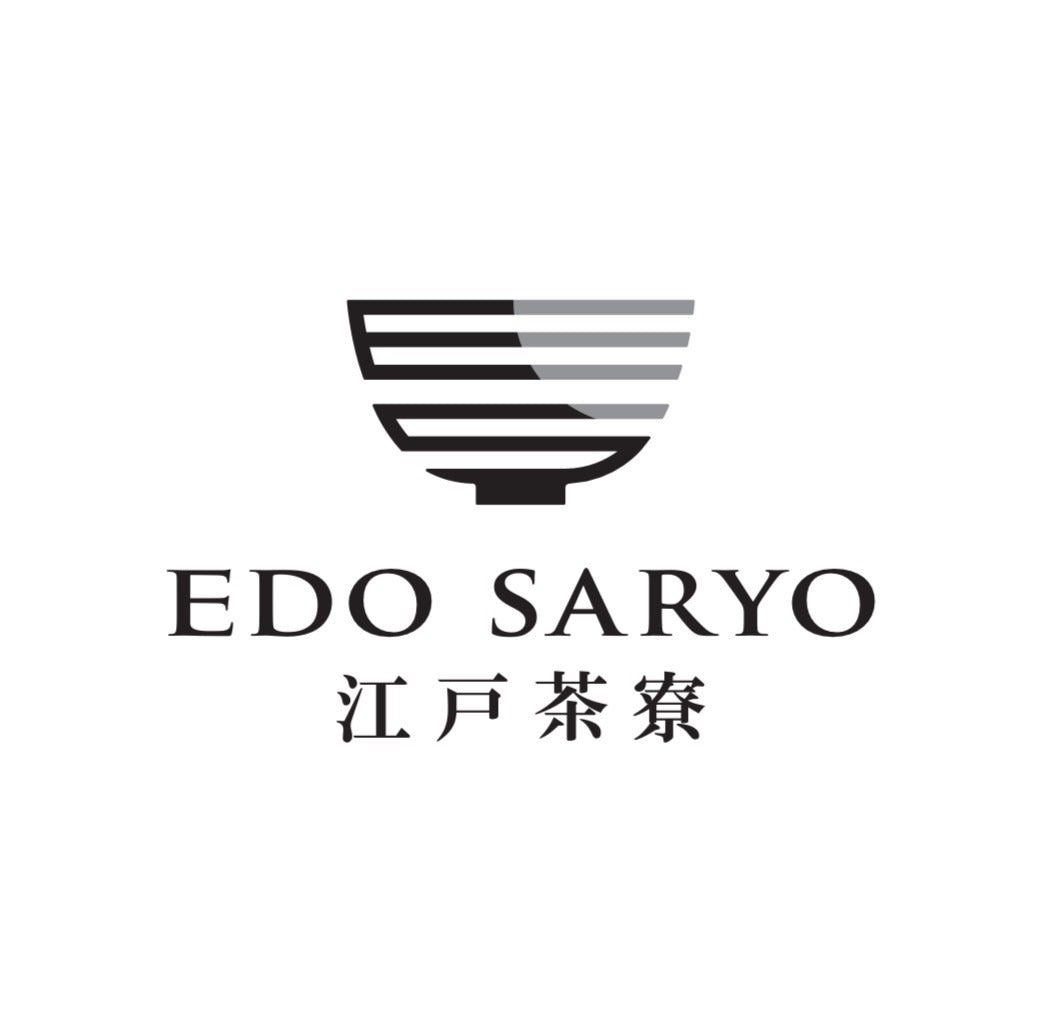Edo Saryo and the History of Tea – Why Both Japanese and Foreigners Love It
1. The History of Tea in Japan
Tea was first introduced to Japan from China during the Heian period, but it was in the Kamakura era that Zen monk Eisai spread its benefits for health and meditation. By the Muromachi period, tea had evolved into a sophisticated art form through the philosophy of Sen no Rikyū, eventually developing into the “Way of Tea” (茶道). In the Edo period, tea spread among the common people as a symbol of hospitality and everyday life. Thus, in Japan, tea is not just a drink—it is a cultural expression of mindfulness, connection, and aesthetic beauty. Edo Saryo builds upon this tradition, offering experiences where visitors can create their own tea bowl, serve their own tea, and enjoy it with mindfulness.
2. Why Do Japanese People Love Tea?
For Japanese people, tea is woven into daily routines, seasonal rituals, and social gatherings. It represents relaxation, refreshment, and hospitality. On a scientific level, compounds in tea such as catechins and theanine are widely known to reduce stress, prevent illness, and support longevity. This deep connection between cultural tradition and physical well-being explains why tea has remained beloved across generations in Japan.
3. Why Do Foreign Visitors Love Tea?
For visitors from Europe, America, and other parts of the world, Japanese tea offers more than taste—it offers a cultural and spiritual experience. Unlike ordinary “tea time,” Japanese tea is tied to Zen philosophy, the spirit of wabi-sabi, and Japan’s refined sense of aesthetics. Furthermore, the global popularity of matcha lattes and desserts has heightened curiosity about authentic Japanese tea. At Edo Saryo, the unique experience of painting your own tea bowl, preparing your own tea, and taking it home as a keepsake is especially appealing for international travelers seeking both tradition and Instagram-worthy experiences.
4. The Health Benefits of Tea
Modern science has proven that tea is not only cultural but also highly beneficial for health:
• Catechins: Strong antioxidants that help prevent lifestyle-related diseases.
• Theanine: Reduces stress and promotes focus and relaxation.
• Caffeine: Stimulates alertness and improves metabolism.
• Vitamin C: Boosts immunity and supports beauty and wellness.
These effects align perfectly with the modern global interest in wellness, mindfulness, and natural health solutions, making Japanese tea highly appealing both domestically and internationally.
5. The Unique Value of Edo Saryo
Edo Saryo is not only a place to drink tea—it is a place to create, design, and experience. Visitors can paint their own tea bowl, brew their own tea, and savor it with traditional sweets, gaining a tangible connection to Japan’s centuries-old tea culture. Whether Japanese or foreign, every guest leaves with a personal story and a handmade souvenir, making the experience unforgettable.
⸻
Edo Saryo / Japanese Tea Culture / History of Tea in Japan / Matcha Experience / Tea Ceremony / Why Japanese Love Tea / Why Foreign Tourists Love Tea / Healthy Benefits of Tea / Shibuya Aoyama Harajuku Experience / Same-Day Reservation OK / Take-Home Souvenir
⸻

